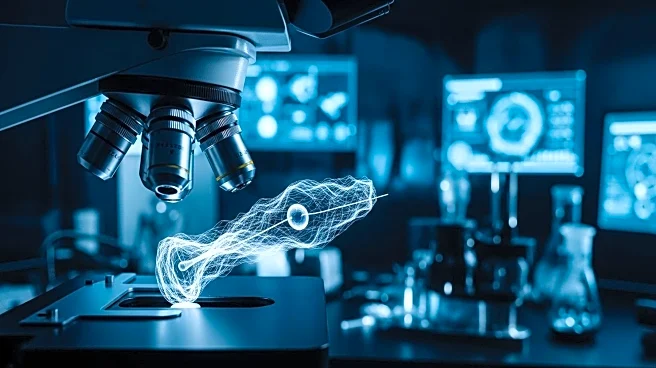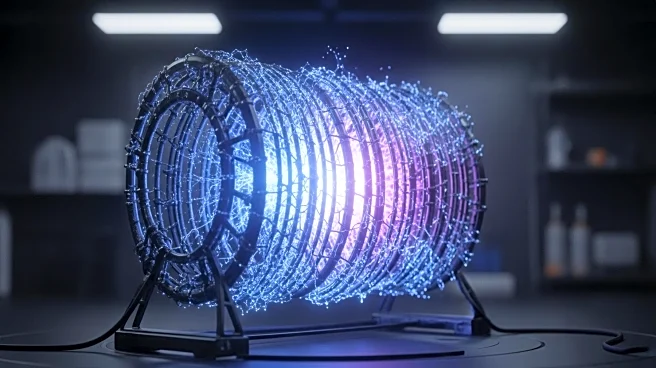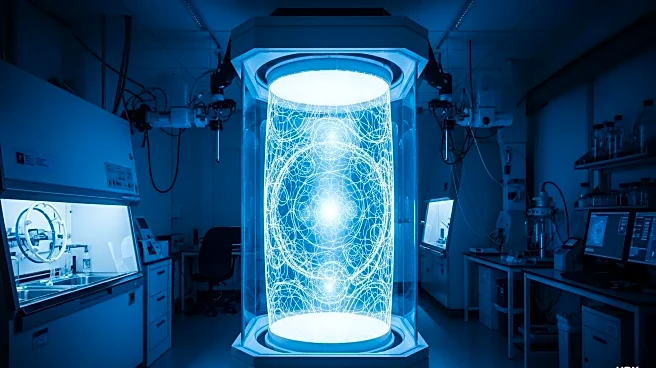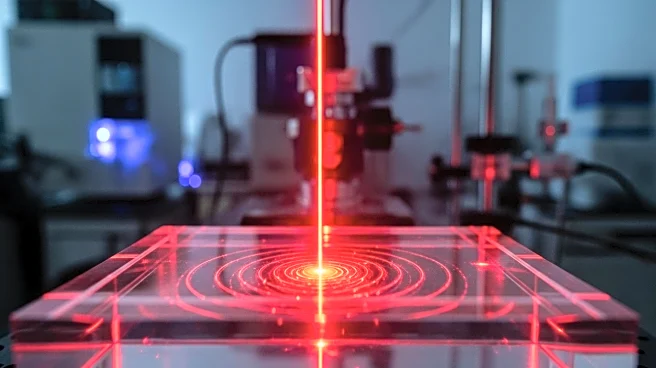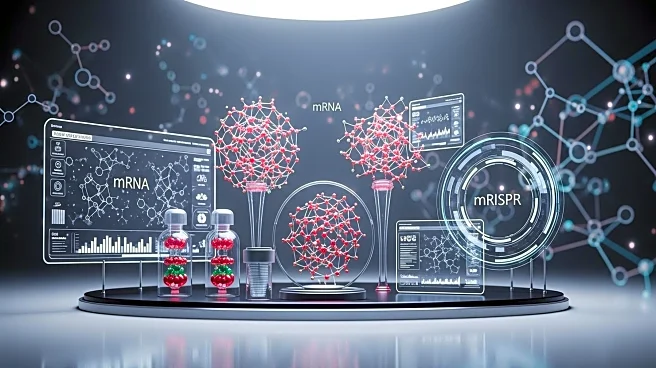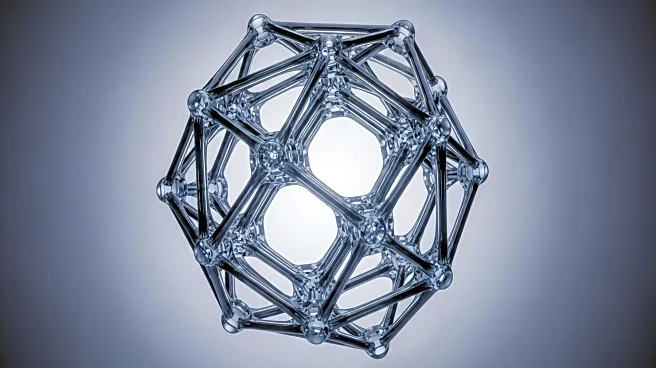What is the story about?
What's Happening?
For the first time, scientists have successfully captured the movement of a single electron during a chemical reaction using ultrafast X-ray flashes. This breakthrough was achieved by imaging a valence electron in an ammonia molecule as it broke apart, a process documented in the journal Physical Review Letters. The research was conducted at the SLAC National Accelerator Laboratory's Linac Coherent Light Source, which uses intense, short X-ray pulses to capture atomic-scale details. The study focused on valence electrons, which are crucial for chemical reactions but have been difficult to image due to their position in the outer shell of atoms. By using ammonia, which has fewer core electrons, researchers were able to isolate and observe the valence electron's movement. This advancement could lead to significant improvements in designing drugs, chemical processes, and materials.
Why It's Important?
This development is significant as it opens new avenues for understanding chemical reactions at the most fundamental level. By visualizing the movement of valence electrons, scientists can gain insights into the mechanisms driving chemical reactions, potentially leading to innovations in pharmaceuticals and materials science. The ability to image these electrons could result in more efficient and cleaner chemical processes, as well as the development of better-performing materials. This research represents a leap forward in molecular imaging, providing a tool that could transform various scientific and industrial fields by enhancing our understanding of molecular dynamics.
What's Next?
The researchers aim to adapt this imaging technique for use in more complex, three-dimensional environments that mimic real biological tissues. This could pave the way for applications in regenerative medicine, such as tissue growth and repair. The study's success also suggests potential for further exploration of electron dynamics in other molecules, which could broaden the scope of chemical and material research. As the technique is refined, it may become a standard tool in laboratories, facilitating a deeper understanding of molecular interactions and leading to new technological advancements.
AI Generated Content
Do you find this article useful?
